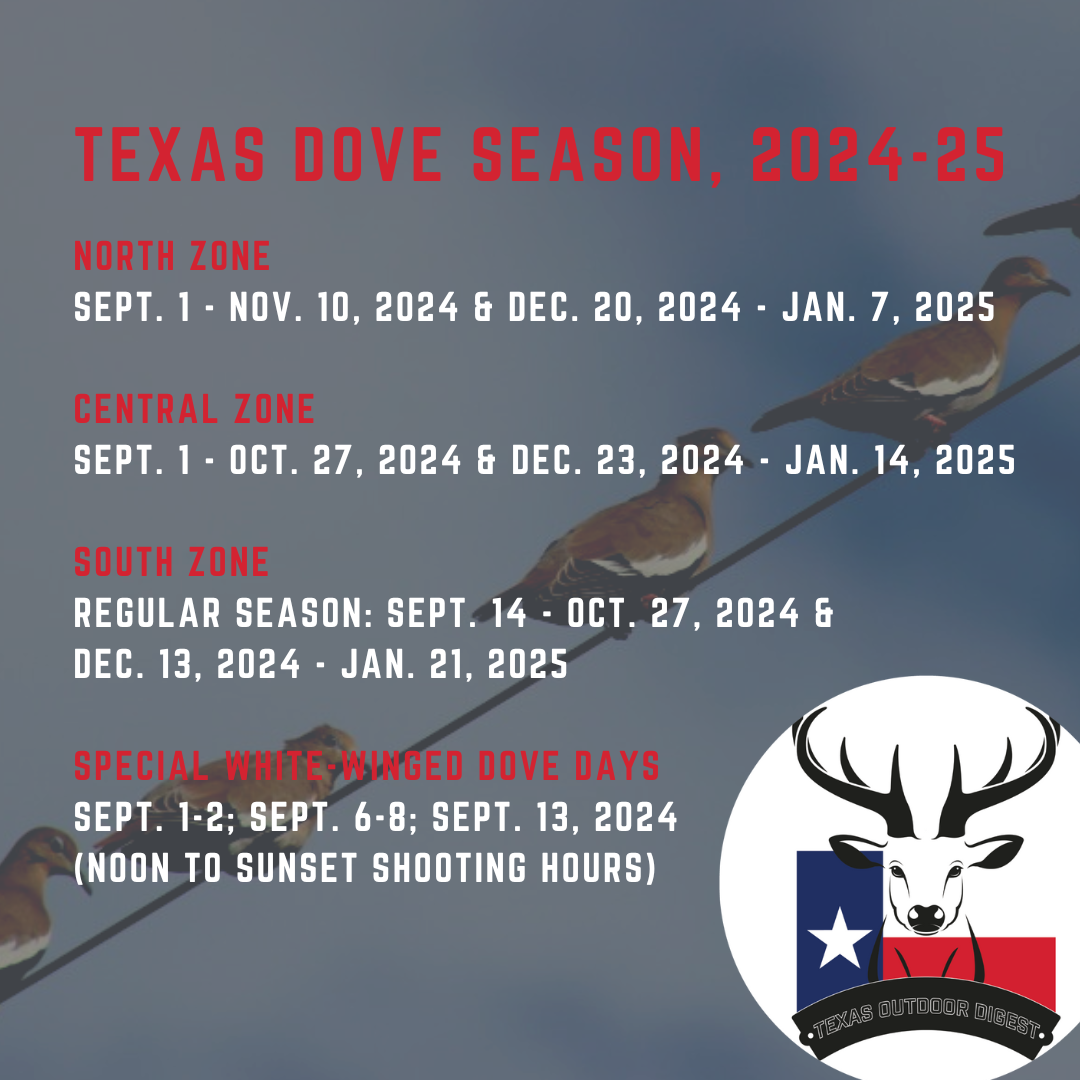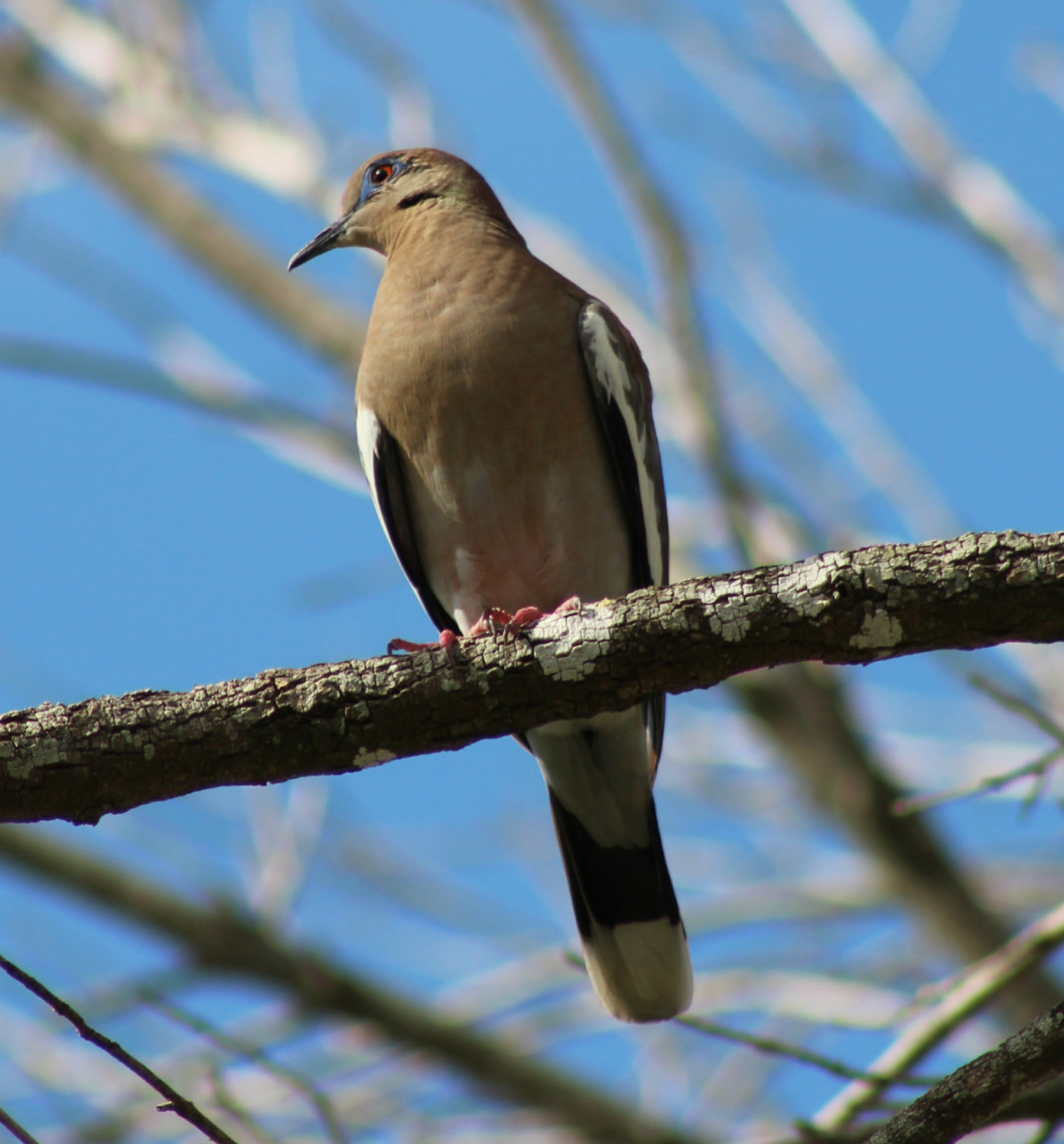
I remember where I was when I heard the mind-boggling news: after a searing September day in Comanche County, one of those that makes you wonder how much hotter it can actually get, I found myself among a group of happy dove hunters shooting the breeze as the sun slid along the horizon.
A portly fellow sauntered up, lugging his gear slowly but sporting a wide grin. When someone asked how his day had gone, he said he couldn’t complain, except for one thing.
“It would have been better if I hadn’t run out of shells,” he said.
Someone else asked how many doves were in his game bag.
“I still need five for my limit,” he said. “I shot up the two cases of shells that I had …”
The rest of the sentence seemed to trail off into a garbled stream of incoherence as I tried to wrap my mind around the beginning of it.
The average dove hunter will shoot six to eight shells per bird harvested, depending on who you talk to and some published literature, but many more might even double up those numbers. I’m no expert, but much of what I’ve learned about dove hunting has come from trial and error or from people who are a heck of a lot smarter than me.
With that in mind, here’s a look at some things that might make a dove seem almost clairvoyant as it high-tails it in a hail of gunfire and emerges unscathed.
Texas dove hunting forecast good heading toward September staple
Dove Hunting Tip No. 1: Don’t jump up too early
Doves have an uncanny ability to dart or dive at just the right moment when they see a hunter spring up in their line of sight. It usually means they alter their flight path to either side, leaving the hunter blasting at air and looking foolish.
Staying concealed is key when dove hunting because – like most birds – they have excellent eyesight. Relaxing in or near the shade can be the best of both worlds on a hot day – it keeps you cool and out of sight.
Dove Hunting Tip No. 2: Concentrate on the task at hand
Sometimes the heavens seem to open up and it feels like it’s raining doves on a good hunt. It can be tough to focus on a single bird if two – or 10 – are barreling down on you and you’ve only got three shells. If the doves really are that thick, the only problem you’ll have is picking your shots and focusing on a single bird.
Dove Hunting Tip No. 3: Don’t track a bird too long
One of the best things about dove hunting is being able to see plenty of birds from a long way off and anticipating a shot.
That’s a blessing and a curse in many instances. Hunters often will shoulder their shotguns when a bird is loafing toward them but is still a couple of hundred yards away. This leads to laziness and can slow down your swing through a shot. When a bird appears out of nowhere, most hunters snap off a shot without thinking – and are successful – and that should be your approach even when you know they’re coming.
By starting slow, shouldering your firearm when the dove is in range and then speeding up and swinging through the shot, you will find consistency.
Dove Hunting Tip No. 4: Don’t make shots more difficult
Doves already have the upper hand in this exercise. You don’t need to make it any easier.
Trying to shoot at doves directly over your position is likely the toughest shot in bird hunting. If you get on them earlier, say at a 45-degree angle, you’ll have a lot more success than attempting a 90-degree angle shot in the dark.
The easiest dove-hunting shot is at a bird flying directly at you. All you’ve got to do is raise your gun, black out the bird and squeeze one off.
Dove Hunting Tip No. 5: Don’t take long shots
Taking anything longer than a 40-yard shot with any kind of more open choke usually will end in frustration.
Just because you can see a dove doesn’t mean it’s in range. Letting the bird come to you rather than getting anxious and just unloading three times into the air is always the better choice. Some hunters have a tough time judging distance, but here’s a general rule of thumb: if you think a bird is too far, it probably is.
Dove Hunting Tip No. 6: Keep your pattern loose
Though rare, some hunters forget to change out their choke tubes from other hunting seasons. There’s no doubt that if you hit a dove with a turkey choke it’ll leave a mark. But it probably won’t leave much else.
The odds of hitting a dove go way up as you widen out the pattern of your shotgun pellets, but if you throw too big a spread out there it also can decrease the effectiveness on longer shots.
On nearly all dove hunts, a skeet or an improved cylinder choke will work fine. The only reason why some hunters might want to go to a modified or even a full choke is if they’re targeting higher-flying white-winged doves.
New shotguns and most older ones come with interchangeable choke tubes that screw in or out of the barrel and allow fast alterations if you’re looking to change your approach.
In the end, doves are as wily a game bird as you will find, and spending a balmy September afternoon in pursuit of them is as good as it gets, no matter where you are.
2024-25 Texas Dove Seasons
North Zone: Sept. 1 – Nov. 10, 2024 & Dec. 20 – Jan. 7, 2025
Central Zone: Sept. 1 – Oct. 27, 2024 & Dec. 23, 2024 – Jan. 14, 2025
Special White-winged Dove Days (entire South Zone): Sept. 1-2, 2024; and Sept. 6-8, 2024, and Sept. 13, 2024 (special regulations apply)
South Zone, Regular Season: Sept. 14 – Oct. 27, 2024; Dec. 13, 2024 – Jan. 21, 2025
The daily bag limit for doves statewide is 15 and the possession limit 45.
During the early days for the Special White-Winged Dove Season in the South Zone, hunting is allowed only from noon to sunset and the daily bag limit is 15 birds, to include not more than two mourning doves and two white-tipped doves. During the general season in the South Zone, the aggregate bag limit is 15 with no more than two white-tipped doves.






















